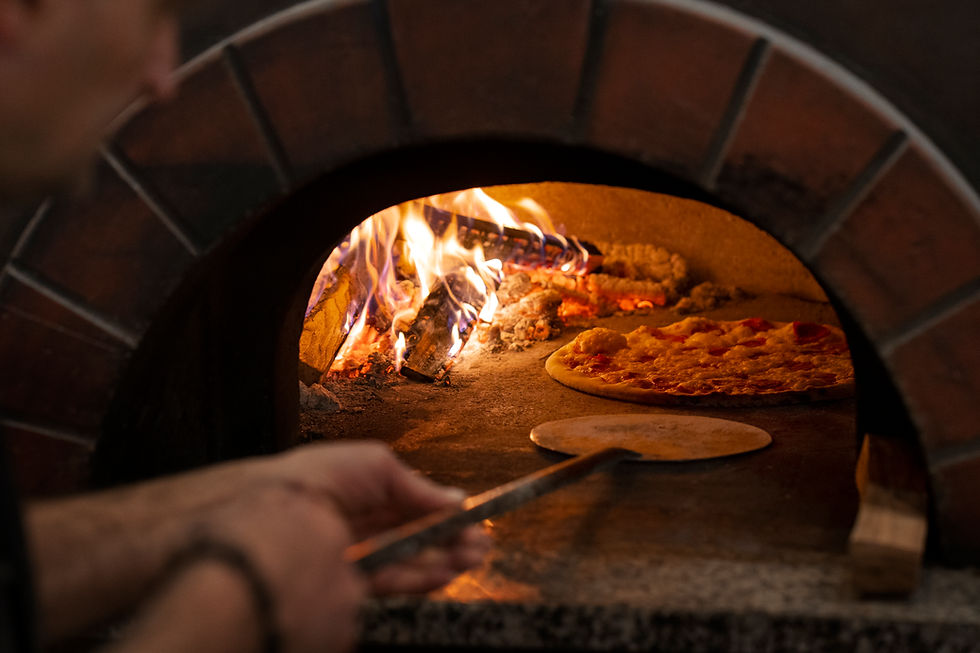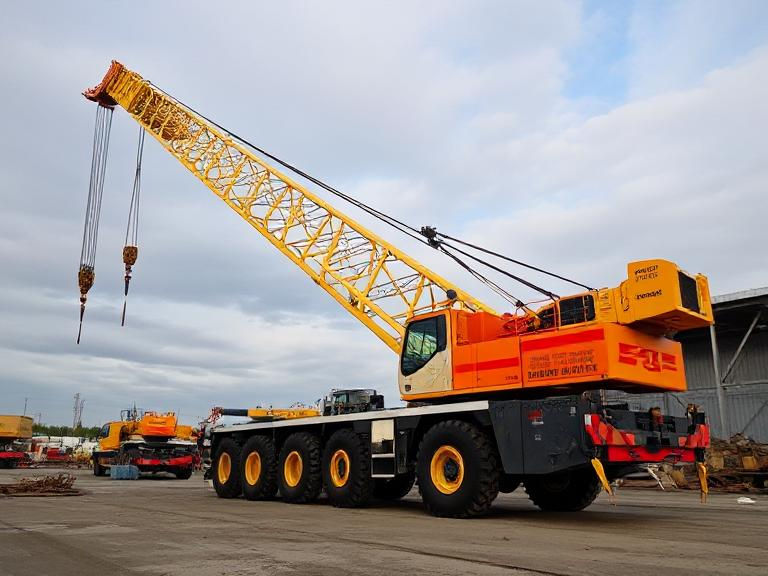Difference Between CNC Milling and Turning: Everything You Need to Know
- niviwatson09
- Dec 12, 2020
- 3 min read
To an untrained eye, it can be quite difficult to understand the differences between different types of CNC machinery. However, if you know the difference between CNC milling and CNC turning, you will be able to make the best purchase for your application, and thus, you will be able to achieve faster and better production of parts. If you look from the outside, both these processes may seem similar. But, in an actual sense, both these processes are quite different from each other. Before we get to details about the differences between CNC milling and turning, we need to know about the CNC machining process.

What is CNC Machining?
CNC or Computer Numerical Control machining is a process that is mostly used in the manufacturing sector, and it makes use of computers to control different types of machine tools. With the help of pre-programmed software and 3D printers, the techniques is used to control complex machine movements without manual operation. Some of the machine tools that can be handled through CNC machining include lathes, mills, routers, and grinders.
Difference Between CNC Milling and Turning
CNC Milling
The milling process is almost similar to the cutting and drilling process. The major function of CNC milling is that your machine tools will be completing the task of rotating and moving while the workpiece will stay at one single spot. These machines can be either horizontal or vertical. The CNC milling process involves lots of axes that allow a variety of shapes, holes, and slots to be cut into the workpiece at different angles. These axes help in getting different manoeuvres by the spindle or blade. Thus, the CNC milling process will help you to cut parts as per the needed specifications.
There are different parts in a CNC milling machine. The top part of the CNC milling is called the spindle, the major function of which is to hold the tool. The spindle spins at a high RPM and moves back and forth, left and right, up and down to mill away the material. Another part of the CNC milling machine is the bed, which holds the workpiece in place.
The major function of a CNC milling machine is to offer cutting solutions for different complex parts like engine components, custom tooling, and intricate mechanisms, and enclosures.

CNC Turning
CNC Turning machines are one of the oldest and simplest machine parts that are known by the name Lathes. The CNC turning machine can be horizontal as well as vertical. The major function of a CNC turning machine is to rotate the workpiece with which you are working. When you are using a CNC turning machine, the workpiece is mostly round, but you can also work with other shapes like squares and hexagons. The workpiece is held in place by an instrument named "Chuck." A chuck can spin the workpiece at different RPMs.
When the process starts, the machine's tools move into the rotating workpiece, and then it begins to shave away the material so that the desired shape can be easily created. One of the most important parts of a CNC turning machine is called the tool. This part helps your CNC turning machine to move back and forth into the workpiece to cut the material into the desired shape and size.
Today, the CNC milling and turning machines are mostly numerically controlled, and they can operate easily without any supervision and control. We hope this article helped to get a detailed understanding of the differences between CNC milling and turning machines.





Comments